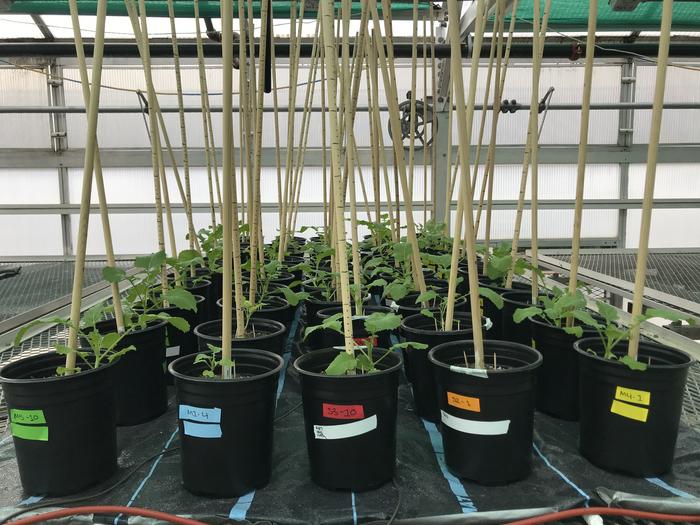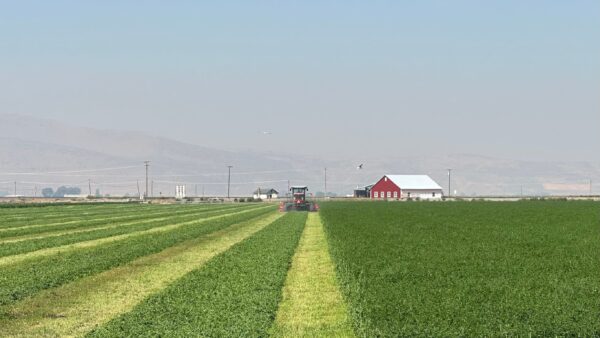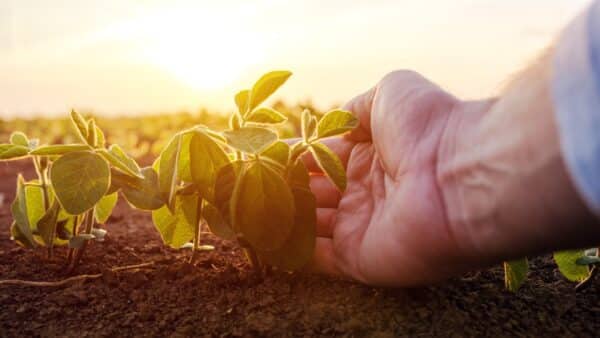
Marcus-Meadows Smith, CEO |
 Peter Wigley, Head New Zealand Operations |
It’s no secret that the world needs more food. According to the United Nations World Food Program, more than 870 million of the world’s population are malnourished, and malnutrition contributes to the death of 2.6 million children each year.
By 2050, feeding the global population will mean agricultural yields must increase by 70 to 100 percent, while facing the challenges of limited arable land and fertilizers, climate change and salinization, in a confined regulatory environment. What is less known is the largely-untapped potential of microbes — trillions of agricultural ‘little helpers’ ready to help maximize crop yields in almost any environment.
Living inside and around every part of the plant, from flowers and fruit to roots and the soil microbiome, microbes perform a critical role for plants through complex relationships that have evolved over millennia. Known as microbials, they contribute to yield through a variety of interacting mechanisms including plant growth stimulation, enhanced nutrient acquisition and increased stress resistance.
It is the potential to harness these interactions that has given rise to the fastest growing segment of the agrichemical industry; microbials are increasingly being integrated into conventional agriculture. It’s not surprising then, that many of the large agrichemical, seed and fertilizer companies have recognized their potential and are now investing heavily in microbial research and development and product development.
Researching Yield Boosters
Microbes help increase crop yields. Products such as soil stimulants and biofertilizers reduce a plant’s dependence on mineral fertilizers by solubilizing inaccessible stores of potassium and phosphate locked up in the soil, or by fixing nitrogen from the air. Many products produce plant growth hormones and other compounds that accelerate growth and help plants resist environmental stresses. Biopesticides can replace or complement chemical pesticides within a conventional spray program, effectively killing pests without leaving regulated chemical residues on the food. Many of these products can be accessed as proprietary seed treatments, on-farm seed applications, as sprays or granular products.
Our ability to harness the world’s microbial diversity to improve crop yields is in its infancy. Research to-date has focused on identifying the effects of single microbes on crop growth. While examining the effects of these single microbes can add a piece to the puzzle, microbes rarely, if ever, operate on their own. They are part of a dynamic interplay between the plants and other microbes that is constantly responding to the environment.
New DNA-sequencing techniques, similar to those used to analyze the human gut microbiome, are used to analyze entire microbiomes of crops. These microbiomes have been likened to ‘second genomes’ that interact with the crop genome, and like the microbes in the gut, they can result in benign, beneficial or harmful effects. The aim of this research is to identify and harness beneficial interactions, and genetic techniques can be used to identify microbially-mediated plant genes associated with specific crop traits. This opens the way to the future merging of crop genetic technologies with beneficial plant-microbial genetic variability.
Practical techniques are also emerging to use this new information to identify synergistic combinations of microbes, or consortia, that together promote crop growth more effectively than single microbes. At BioConsortia, we’re using a model similar to plant breeding to screen hundreds of thousands of microbes at a fraction of the cost and time of the conventional R&D model of testing microbes from a library one-by-one. BioConsortia selects, identifies and isolates the microbes within a single iterative R&D technology that ensures the consortia is compatible and the most effective at improving almost any plant phenotype. BioConsortia has demonstrated, in a wide range of crops, that it can significantly improve fertilizer use efficiency, yield and even percentage sugar content.
The time-frame to develop genetically-modified crop traits using conventional models is 12-15 years, and it takes eight to 10 years to get synthetic pesticides to market, whereas the wide diversity and speed of evolution of microbial communities mean that harnessing their potential is only limited by our ability and creativity to identify and select those populations that improve crop traits and growth.
Time is short to figure out how to produce more food for the world. Microbes provide the greatest potential to increase sustainable crop yields effectively and quickly with the least harm to the environment. Our challenge is to harness this potential and implement its promise in crops around the world.
Marcus Meadows-Smith and Peter Wigley of BioConsortia.













